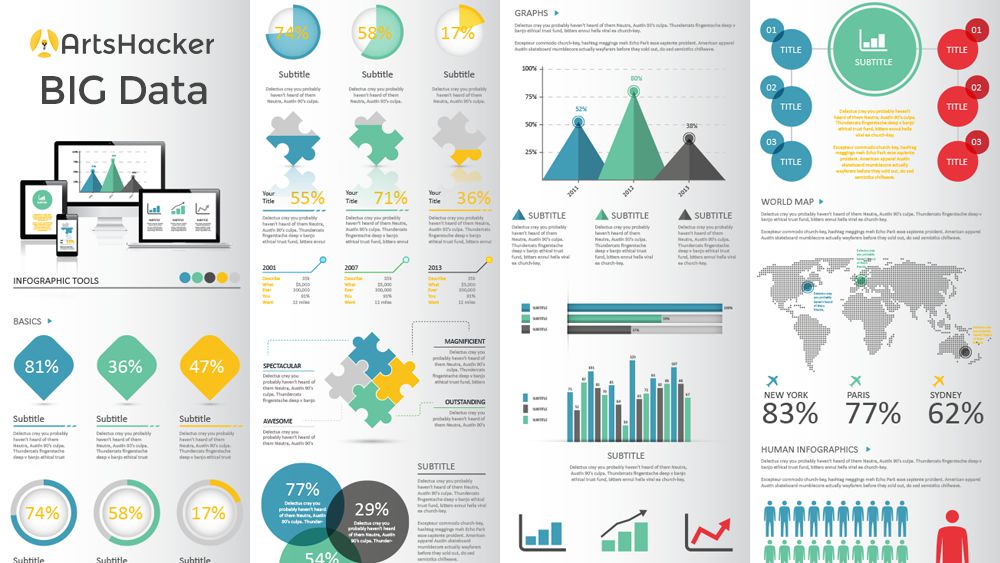
One of my college professors told my class that he started each morning by watching one Ted talk. Over the summer, I started most mornings with one and my particular favorites were from the 2015 TedxBroadway*.
I’m a data geek and was drawn to Elliot Masie’s “Big Data and the connected arts” presentation. Masie, a Broadway producer and investor is also an international expert in the fields of learning, workforce development and big data.
Big data is
extremely large data sets that may be analyzed computationally to reveal patterns, trends, and associations, especially relating to human behavior and interactions.
So, you can see from the definition how big data might be really helpful for arts organizations. Masie says early on that the arts are all about connecting people and we can use big arts data to do that.
He lists three take-aways from his talk, but I took away three different ones:
1. The Arts are about connecting people (physically and virtually) and should evolve to be more personalized.
Masie spends a chunk of time talking about selfies at Broadway plays and an audience member remarks that taking a selfie connects you to others on social media, both those who are there and your friends who wish they were there. By finding the ways individuals want to connect with your organization, your artists, and with each other, basically trying to personalize their experience, they’re much more likely to be repeat buyers and fans of your organization.
2. What if we’re doing marketing wrong? What if we could bid for an audience member?
At about 10:04, Masie poses the question as a potential audience member: “What if I could, as an audience member, sell myself to the theatre? Not doing anything tonight, here’s what I’m willing to pay, here are my interests…okay, bid for me!” Imagine if that were the case. I can see lots of great things about it in that you would have be actively engaged with someone, finding out more about their interests and trying very hard to match them to your show. As an audience member, I’d love to have my local theatre and local symphony and local art museum battling over me. (Now, as an administrator, I scream in terror over having to bid to fill each individual seat in my 1600 seat hall!)
3. Big Data is not necessarily about strict statistical analysis, but using the data to better tell the story.
There is a certain level of analysis that comes with data, sure, but if you’re using data simply to spout off figures, then it’s not going to be nearly as useful as it could be. What story does the full data set tell? What story might an individual data point tell? Use those data points to tell your story and you’ll do a lot to better connect with your audience and with potential audiences.
Want more about using data to tell your story? Check out my other ArtsHacker post on the topic here.
[box type=”note”]*Ted talks are short presentations (less than 18 minutes) that focus on one idea. They’ve been presented by thousands of speakers on topics from ‘activism’ to ‘youth’ and everything in between. Originally, the talks were presented at a conference combining experts from Technology, Entertainment, and Design (TED) in 1984; since then independent TEDx talks have been presented across the country and around the world.[/box]

Thank you for the authoritative read on this issue. To me, being able to actually see the icon in the…